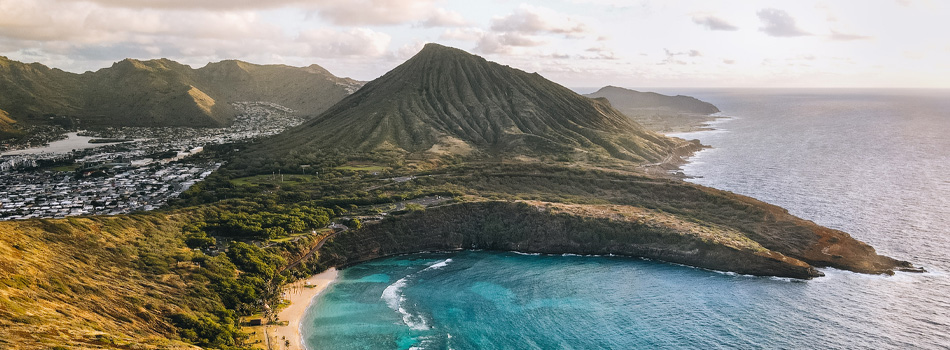France is one of the largest countries in Europe. And, famous for its sophistication and style, Paris typically will be on your clients’ bucket list. Certainly, you will want to include on your itineraries France’s capital and international gateway city.
However, there is much to see and do outside the city. Here are a few ideas for exploring the French countryside:
One region to focus on might be the Eastern/Central wine country, which extends from the Champagne-Ardenne region, through the Alsace and Burgundy regions, and into the Rhône Valley.
Champagne-Ardenne
While it has many imitators, true champagne comes only from Champagne-Ardenne. According to French law, only this region produces what officially can be labeled as champagne. Everything else is sparkling wine.
- Reims — Many of the great champagne cellars are located in or, to be exact, underneath the city of Reims. Taittinger, Mumm, Pommery, and Piper-Heidsieck are among the champagne houses well worth a visit. Reims is also a good starting point for the Routes du Champagne, whose signposted roads meander through the most important wine-growing areas, including the Marne Valley west of Epernay and the Montagne de Reims (Reims Mountain) between Reims and Epernay.
Alsace
Managing to be both quaint and cosmopolitan, the Alsace region of eastern France is where a mix of European cultures come together in a delightful blend. Tucked in between the Vosges Mountains and the Rhine River, the region has alternately been part of Germany or France during various periods, most recently during World War II. Visitors will see the Germanic influences in everything from the storybook villages with their storks’ nests and half-timbered houses to the local restaurants, commonly called winstubs (wine rooms), where hearty dishes of sauerkraut and smoked meats are likely to be on the menu.
- Routes des Vins d’Alsace (Alsace Wine Road) — A series of signposted country roads that starts southwest of Strasbourg and wanders south for about 80 miles along the eastern foothills of the Vosges Mountains forms the wine road. Along with tasting the crisp local white wines at roadside cellars, visitors will want to stop and explore charming medieval villages, such as Kaysersberg, Ribeauvillé, and Riquewihr.
Bourgogne (Burgundy)
Like the many fine wines long produced there, Bourgogne has only gotten better with age. From Roman times onward, the region has been an important crossroads between Southern and Northern Europe, a place where important developments in religion, trade, and culture have taken root and burst into full flower. Although the Romans first brought the concept of wine making to Bourgogne, it was the Cistercian monks who laid the foundation of the modern wine trade.
- Beaune — This exquisite town of maze-like medieval streets is set in the heart of the region’s most celebrated vineyards. Wine is a prominent feature of Beaune, where visitors can tour the vast wine cellars containing millions of bottles that lie beneath the ancient town walls. The Musée du Vin de Bourgogne (Museum of Burgundy Wine) features exhibits that trace the history and development of wine making from ancient times to the present.
- Dijon — The commercial and cultural capital of the region is Dijon, famed for its mustard. The Palais des Ducs et des Etats de Bourgogne (Palace of the Dukes of Burgundy) is home to both the Hôtel de Ville (City Hall) and the Musée des Beaux-Arts (Fine Arts Museum), a treasure trove of paintings and sculpture so highly regarded that it is known as “le Petit Louvre.”
Rhône-Alpes
Whether your clients crave outdoor adventure or prefer to satisfy their cravings at the table, they will find much to enjoy in the Rhône-Alpes. The region encompasses the soaring peaks of the French Alps, with their glamorous ski resorts, mountainside villages, and elegant spa towns. At the same time, it also is defined by the fine wines of the Rhône Valley, such as Beaujolais, the gastronomic and cultural pleasures of Lyon, and historical sites dating back to ancient Rome.
- Lyon — Lyon is France’s primary arts and culture capital after Paris and features world-class opera, ballet, concerts, and theater, along with a rich array of art and history museums. The city’s roots stretch far back into Roman times. The entire historic center of Lyon, which contains a wealth of carefully preserved monuments, has been classified by UNESCO as a World Heritage Site. Much of the city’s ancient heritage can be appreciated in Fourvière, a hillside area filled with Roman sites, and Croix Rousse, an enchanting district that once housed the city’s canuts (silk workers). Visitors can take a funicular train to the top for spectacular views of Lyon and environs.
To further expand your knowledge, The Travel Institute offers many destination and lifestyle courses Click here to view our library today.





comments